End of an Era: The Evening Star Fades in Washington
There is a great silence today in Washington. A fine newspaper is gone and a noble tradition ended.”[1]
Ronald Reagan’s words appeared on the front page of the August 7, 1981, issue of the Washington Evening Star. The biggest piece of news that day was the end of a 128-year-old Washington institution—the story of the newspaper’s own demise.
Aside from the President’s condolences, there were four full pages of letters to the editor for this special issue, many from congressmen, diplomats, newspapermen, former Star employees and their relatives—but most from devoted readers who mourned, lamented, and hoped against hope that their favorite afternoon daily would soon return to print.
Those who wrote and called in insisted that, if they were rich, they would gladly take over the paper and bail it out. As it was, they would eagerly pay more for their subscriptions, if only The Star would stay in business!
Despite its financial difficulties, the newspaper certainly had a steadfast readership:
It will be like a death in my family. I’ve lived with The Star all my life. My parents subscribed to it before I was born, and I have taken it since they died. I spend about three hours a day reading it…I’m convinced it is the United States’ finest newspaper.”[2] -Florence S. Berryman, Washington, D.C.
Reading The Post in place of The Star just does not work. It’s like being put on a diet of Three’s Company when one is used to Masterpiece Theater.”[3] -H.J. Sage, Lorton, VA
And there was reason for such fierce loyalty. Ironically, the Evening Star was highly acclaimed in its last few years of operation. Its journalists had won several Pulitzers in its 128-year run; the two most recent were in the last three years before its closure.[4]
That afternoon, copies of the final Star were in high demand, flying off newsstands and being re-sold by for exorbitant prices by those savvy enough to hoard them. Robert A. Johnson, who sold the paper for 25 years at his newsstand, observed, “Not since the day Kennedy was shot…have I ever seen anything like this.”[5]
With this deluge of praise, support and well-wishing, why was the newspaper shutting down?
News writers theorized about the many and complicated factors: The Washington Post’s 1954 purchase of The Times Herald (it scooped up the majority of The Times Herald’s readership), television as competition for afternoon dailies, the recent economic downturn— but The Star’s final death knell seems downright strange today.
Your newspaper has been better than The Washington Post, but I often felt ‘forced’ to buy The Post in order to do my shopping wisely. Advertising was missing from your paper. I hate to see Washington become a one-paper city!”[6] – A. Mandell, Silver Spring, MD
How times have changed. In any case, securing advertisers hadn’t always been a struggle at The Star. In its heyday, it was the top paper in town, and led every other paper in the entire country in quantity of ads—it wasn’t even close. The Washington D.C. market had four papers in 1941, and The Star had 40.2% of the total advertising.[7]
After The Post's purchase of The Times Herald in the fifties, Star ad sales slowly declined, and, like many afternoon papers, its subscriptions failed to keep pace with the rising population.
The paper was sold twice in the last few years of its existence to buyers who hoped to keep it afloat. Time Inc. (of Time Magazine fame) had run it since 1978, recruiting top journalists and beginning an interesting (but very expensive) system of publishing five different papers per day, targeted at various geographic regions of the D.C. metro area.[8]
This spirit was very much in keeping with The Star’s initial pledge from its first issue on December 16, 1852:
‘The Star’ is designed to supply a desideratum which has long existed at the Metropolis of the nation. Free from party trammels and sectarian influences, it will preserve a strict neutrality, and, whilst maintaining a fearless spirit of independence will be devoted, in an especial manner, to the local interests of the beautiful city which bears the honored name of Washington, and to the welfare and happiness of the large and growing population within its borders.”[9]
But Time Inc.’s strategy didn’t work. Despite some initial gains, the downward trends continued until it was finally announced on July 23, 1981, that the paper would cease operation in two weeks. Time scrambled to sell the paper within that window, but to no avail.[10]
Star News Editor Bill Peeler said of that final fortnight, “It’s been the longest funeral since they hauled old Abe back to Springfield.”[11]
To its employees, The Star was more than just a paper, it was their livelihood. As Phil Galley reported in the ultimate issue: “They divided their time between trying to do their jobs at The Star and finding new ones. Some reporters found it difficult to write anything but a resume. The hardest part of the past two weeks, said one young reporter, was having to compete with her friends for jobs.”[12]
Many knew they would have to make a move across the country with their families, and some worried whether they would be able to find work at all.
F.G. Ward, a pressman for 17 years, glumly predicted “I think I’m going to see a few grown men cry. I fought in the Pacific and in Korea, and I’ve seen them cry before. Where can a 58-year-old man like me find work? I may be the first to cry.”[13]
In spite of their grief, the workers maintained the journalistic standards established with The Star’s very first (and very brief) news story in 1852:
Our courts are sitting, but the business with which they are engaged is not of a very interesting character.”[14]
The Star doubtless expanded its level of reporting since those early years. In its final days, it covered everything from the royal wedding between Prince Charles and Lady Diana Spencer, to air traffic controllers on strike in the USA.
And then, just like that, the oldest newspaper in Washington was gone.
Many feared D.C. becoming a one-paper town (This didn’t last long, The Washington Times opened one year later). However, Edwin M. Yoder, Pulitzer Prize winner and editor at the Evening Star feared worse— the eventual endangerment of print media as whole:
Television as a news medium, while marvelously immediate, is revolutionizing our politics, simplifying, adding a dimension of meretricious showmanship, shortening our political attention span, giving the illusion of understanding without understanding; and that cannot be good for the res publica…I hope I am an alarmist. With its deep files and rich human memories, The Star is immortal. But the forms of government that depend upon reasoned dialogue, of which print will never cease to be the essential medium, may not be.” [15]
While many of his prophecies might seem disturbing as print newspapers continue to decline, Yoder was thankfully right about one thing: The Star being, in a sense, immortal.
In its earliest decades, The Star pushed for D.C. to open its own public library system (former Editor-in-Chief Theodore Noyes actually drafted the law that created it).[16] In 1981, in the paper’s final letter-to-the-editor section, the director of that library system, Dr. Hardy R. Franklin, wrote:
I am proud to say that every issue of The Star published during its 128 years will continue to be available to the public at the Martin Luther King Memorial Library. These pages, preserved on microfilm, are a living day-to-day history of the Nation’s Capital over more than a century.” [17]
Perhaps it is another irony that a newspaper which never made it into the digital age can now be accessed entirely online. As Evening Star librarian, Tricia Price described the bygone newspaper in 1981, “All this history…How do you assess the worth of a Rembrandt? It’s absolutely priceless, you know.”[18]
Footnotes
- ^ "Letters to the Editor." Evening Star, August 07, 1981: 18, accessed August 13, 2019, https://infoweb.newsbank.com/resources/doc/nb/image/v2:13D5DA85AE05A305….
- ^ "Letters to the Editor." Evening Star, August 07, 1981: 18, accessed August 13, 2019, https://infoweb.newsbank.com/resources/doc/nb/image/v2:13D5DA85AE05A305….
- ^ "Letters to the Editor." Evening Star, August 07, 1981: 19, accessed August 13, 2019, https://infoweb.newsbank.com/resources/doc/nb/image/v2:13D5DA85AE05A305….
- ^ “An Announcement.” Evening Star, July 23, 1981: 1, accessed August 12, 2019, https://infoweb.newsbank.com/resources/doc/nb/image/v2:13D5DA85AE05A305@EANX-NB-14EB0AD24BD96F4D@2444809-14E8D902B7976349@0-14E8D902B7976349@?p=WORLDNEWS.
- ^ Henry, Neil. Washington Post, Staff Writer. "Star's Presses Rumble to a Halt, Ending 128 Years of Tradition." The Washington Post (1974-Current File), Aug 08, 1981. https://library.access.arlingtonva.us/login?url=https://search-proquest….
- ^ “Letters: Readers Say Goodbye To The Star.” Evening Star, August 07, 1981: 18, accessed August 09, 2019, https://infoweb.newsbank.com/resources/doc/nb/image/page/v2:13D5DA85AE0….
- ^ Beveridge, George, and Mary Lou Forbes. “Publication Of the Star Ceases Today.” Evening Star, August 07, 1981: 1, accessed August 13, 2019, https://infoweb.newsbank.com/resources/doc/nb/image/v2:13D5DA85AE05A305….
- ^ “An Announcement.” Evening Star, July 23, 1981: 1, accessed August 12, 2019.
- ^ Tate, Joseph R. “Prospectus of the Daily Evening Star.” Evening Star, December 16, 1852: 1, accessed August 09, 2019, https://infoweb.newsbank.com/resources/doc/nb/image/v2:13D5DA85AE05A305@EANX-NB-13D8371330C45060@2397839-13D7CE9F63631118@0-13D7CE9F63631118@?p=WORLDNEWS.
- ^ Shribman, David. “The Star Will Cease Publication Aug. 7; Large Losses Cited.” Evening Star, July 23, 1981: 1, accessed August 12, 2019, https://infoweb.newsbank.com/resources/doc/nb/image/v2:13D5DA85AE05A305…@?p=WORLDNEWS.
- ^ Henry, Neil. Washington Post,Staff Writer. "Star's Presses Rumble to a Halt, Ending 128 Years of Tradition." The Washington Post (1974-Current File), Aug 08, 1981.
- ^ Gailey, Phil. “Well-Wishers’ Calls Jam the Telephones.” Evening Star, August 07, 1981: 1, accessed August 13, 2019, https://infoweb.newsbank.com/resources/doc/nb/image/v2:13D5DA85AE05A305….
- ^ Ibid.
- ^ Beveridge, George, and Mary Lou Forbes. “Publication Of the Star Ceases Today.” Evening Star, August 07, 1981: 1, accessed August 13, 2019.
- ^ Edwin M. Yoder, Jr. Editorial Page Editor, “Reasoned. Dialogue of the Printed Word Remains Essential for Democracy.” Evening Star, August 07, 1981: 18, accessed August 09, 2019, https://infoweb.newsbank.com/resources/doc/nb/image/page/v2:13D5DA85AE0….
- ^ “City Pays Honor to T.W. Noyes.” Evening Star, January 27, 1938: 4, accessed August 13, 2019, https://infoweb.newsbank.com/resources/doc/nb/image/v2:13D5DA85AE05A305…@?p=WORLDNEWS.
- ^ “Letters: Readers Say Goodbye To The Star.” Evening Star, August 07, 1981: 18, accessed August 09, 2019.
- ^ Henry, Neil. Washington Post,Staff Writer. "Star's Presses Rumble to a Halt, Ending 128 Years of Tradition." The Washington Post (1974-Current File), Aug 08, 1981.


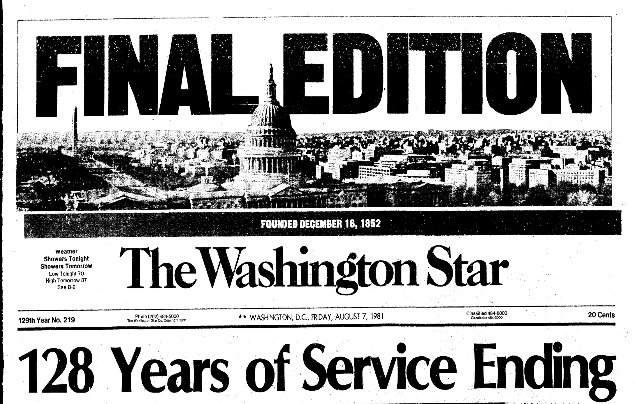
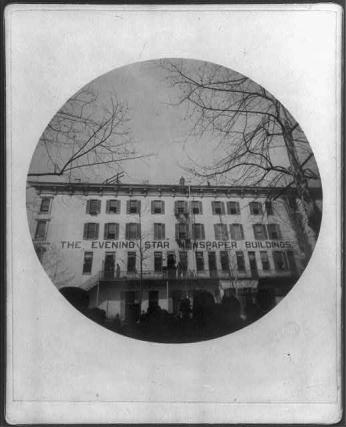
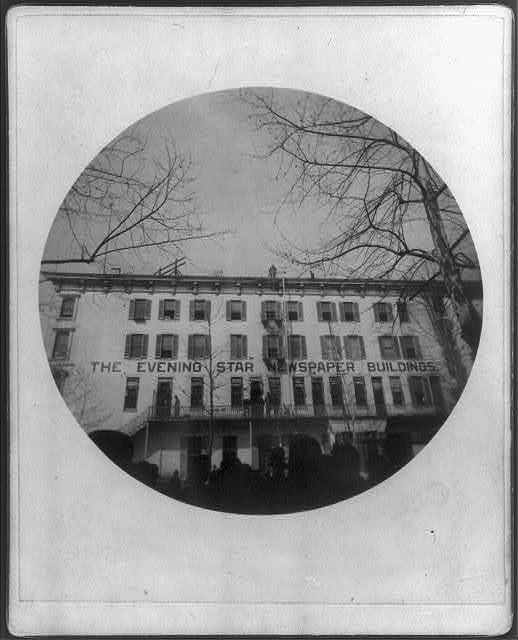
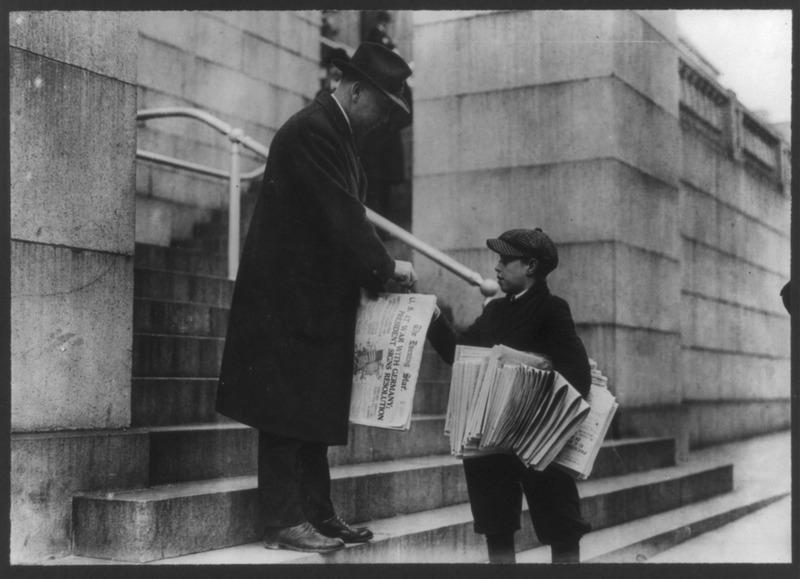
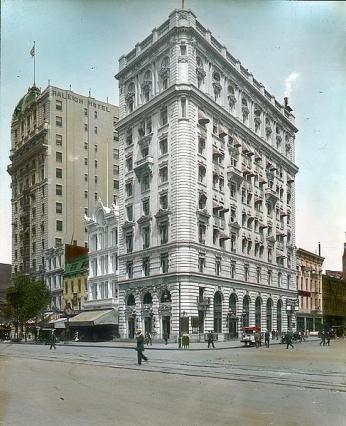
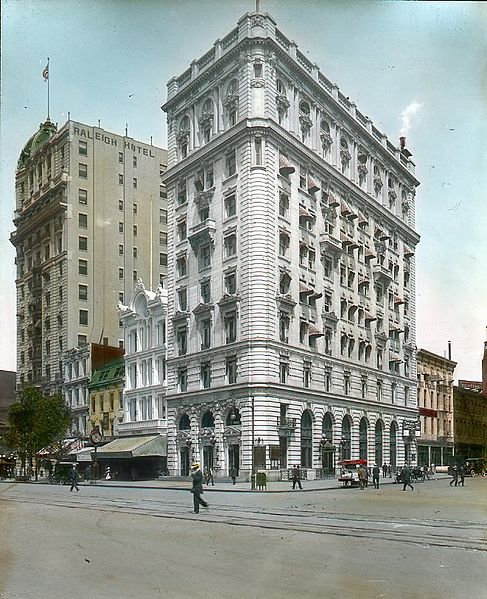
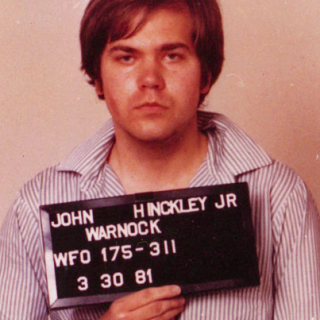
![Ben's Chili Bowl, 1980 (Photo Source: Library of Congress) Highsmith, Carol M, photographer. Ben's Chili Bowl, Washington, D.C. United States Washington D.C, None. [Between 1980 and 2006] Photograph. Retrieved from the Library of Congress, https://www.loc.gov/item/2011635251/. (Accessed December 04, 2017.) Ben's Chili Bowl, 1980 (Photo Source: Library of Congress) Highsmith, Carol M, photographer. Ben's Chili Bowl, Washington, D.C. United States Washington D.C, None. [Between 1980 and 2006] Photograph. Retrieved from the Library of Congress, https://www.loc.gov/item/2011635251/. (Accessed December 04, 2017.)](/sites/default/files/styles/crop_320x320/public/17058v.jpg?itok=egZM-IR9)

![Sketch of the mythical fuan by Pearson Scott Foresman. [Source: Wikipedia]](/sites/default/files/styles/crop_320x320/public/2023-10/Goatman_Wikipedia_Faun_2_%28PSF%29.png?h=64a074ff&itok=C9Qh-PE1)












